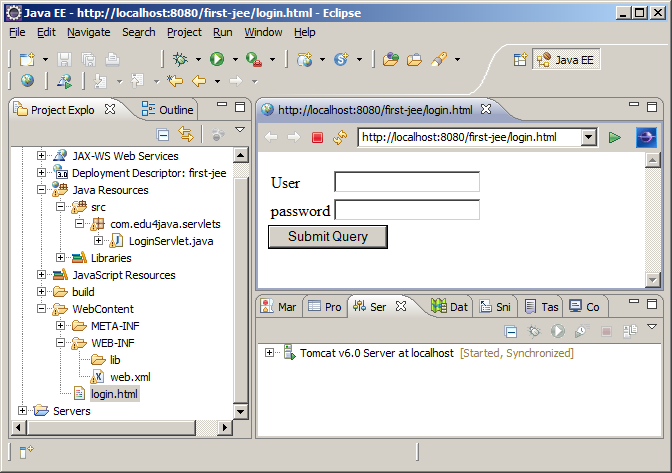

We will not go through the details of setting up the project, so it is recommended that Eclipse with WildFly and JBoss Tools Example be read before trying out the example. The source in this is example is based on the Java EE Web Project in Red Hat Central. Eclipse with WildFly and JBoss Tools Example.In contrast, we would write JSF validation on every Facelets page which can lead to a maintenance headache. If we use a bean multiple times, then we only write the validation once with Bean validation. The validation logic is removed from the view and if configured at the entity level, it’s reusable for all frameworks other than JSF. But Bean validation has an advantage of being DRY. It would depend on the requirement specification. When should I use Bean validation? When should I use JSF validation? The short answer is it depends. To Bean validate or to JSF validate? That is the question. Furthermore, constraints can also be user defined or customized. There are many built-in constraints available in the package. The Bean Validation model is supported by constraints in the form of annotations placed on a field, method, or class of a JavaBeans component, such as a managed bean. It was made available starting with Java EE 6. JavaBeans Validation is part of the Java EE platform. validateLength, validateLongRange, etc.).

For example, the JavaServer Faces standard validators validate data at the presentation layer (e.g. Validating data can take place at different layers. Maintaining data integrity is an important part of application logic. In this example we validate the input received from the user to maintain data integrity. One coding practice that we should do is to always validate variables before using. Hi Java Code Geeks fan! This article is about a Java EE Bean Validation Example.


 0 kommentar(er)
0 kommentar(er)
